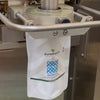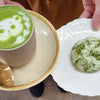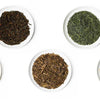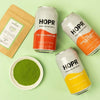The Way of Tea - How to host a Japanese Tea Ceremony
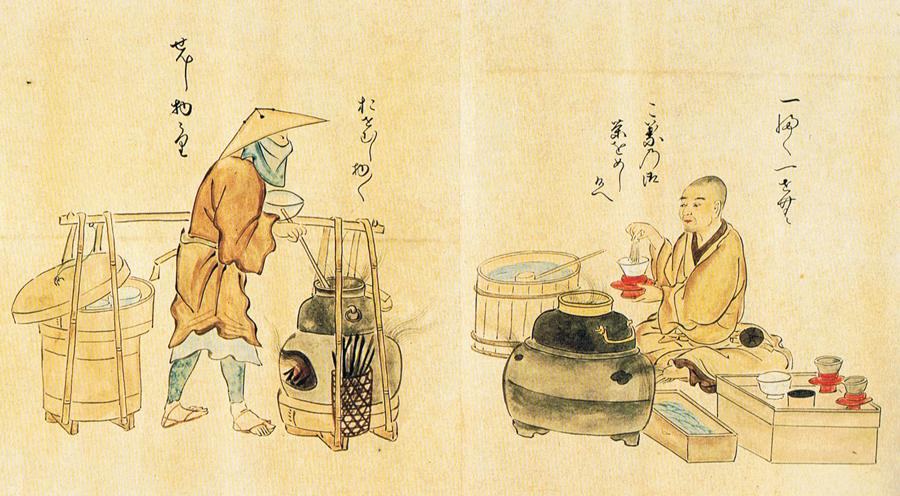
Steeped in Japanese history and culture, the Japanese tea ceremony is the ceremonial way of preparing and drinking matcha tea. Though matcha originated in China, it became an integral part of Japanese culture through the tea ceremony.
A Japanese priest by the name of Myoan Eisai, traveled to China in 1187 to study philosophy and religion. On his return, Eisai became the founder of Zen Buddhism and built the first temple of Rinzai sect. It is believed that Eisa was the first person to cultivate tea for religious purposes, unlike others before him who grew tea for medicinal use only. Eisai was the first to teach the grinding of tea leaves before adding hot water. A Sung emperor named Hui Tsung, referred to a bamboo whisk used to whisk the tea after hot water was poured. It is these two methods which formed the basis for the tea ceremony as we know it today.

Some hostility was created among monks who didn’t like Eisai’s newly introduced religious ideas which he had imported, but the Kamakura shogunate, who were among his first converts, helped him succeed in enlisting protection. In 1211, Eisai was the first to write a treatise on tea in Japan. In his treatise, Kissa Yojoki (Tea drinking is good for health) Eisai suggested that the drinking of tea had certain health benefits and cures for; loss of appetite, paralysis, beriberi, boils and sickness from tainted water. According to him, it was a cure for all disorders, so this perhaps was the main reason that the Tea Ceremony gained such popularity.

Today, the tea ceremony is practiced as a hobby, and there are places where tourists can experience it, as well. Tea ceremonies of varying degrees of formality and authenticity are offered by many organizations across Japan, including at some traditional gardens, culture centres, and hotels. Kyoto and Uji are among the best destinations in the country to enjoy Japan's tea culture.

Hosting a tea ceremony at home is a great way to offer your guests a relaxing and calming experience. A matcha tea set containing the essential matcha brewing utensils such as Ceremonial Matcha, Whisk, Bowl, Sieve and Bamboo scoop is all that is required to conduct a tea ceremony for your guests.
The Host
Anyone who takes the time to learn and refine the practice sufficiently can host a traditional tea ceremony.
The Location
Whether you are conducting the ceremony inside or outside, there is generally a door or entrance that everyone walks through which symbolizes as an equalizer in the sense that once through the entrance, master, student and guest are all considered equals.
The Tea Ceremony
The host is responsible for preparing everything and this can take up to several hours depending on the formality of the ceremony. The ceremony itself should always follow a pattern of graceful movements and moments. For instance, the guests must prepare themselves by cleaning their hands and rinsing their mouths to rid themselves of dust from the outside world before entering the tea room or the nominated area. Next, guests are served a course of food, usually sweet to offest the strong flavours of the tea. The host then cleans the tools and prepare the matcha with graceful movements
Drinking the Tea
The matcha is prepared and served in the traditional bowl, aka Chawan.
Finishing up
Once everyone has had a sip, the host cleans the bowl and the guests are given a chance to look at and admire the tools that were used in its preparation. On the way out, the host and guests bow to each other as a sign of respect before leaving.
Want to host your own tea ceremony? Or gift someone you love by introducing them to the Way of Tea.
For a limited time only we are offering this special Matcha Tea Set at a special low price of $99.
-
Posted in
Japanese Tea Ceremony, Matcha Tea Set, Matcha tea sets, The way of tea







